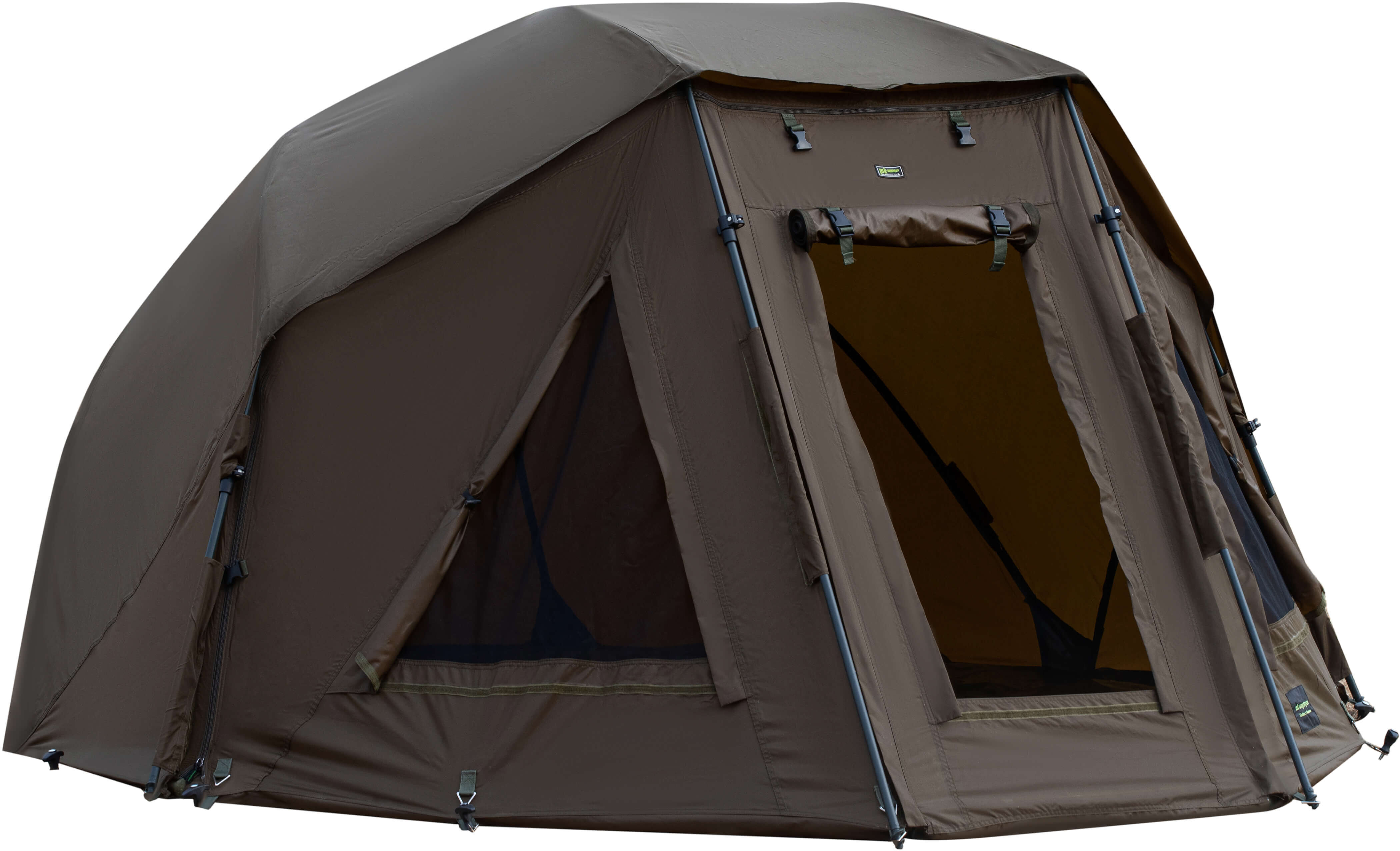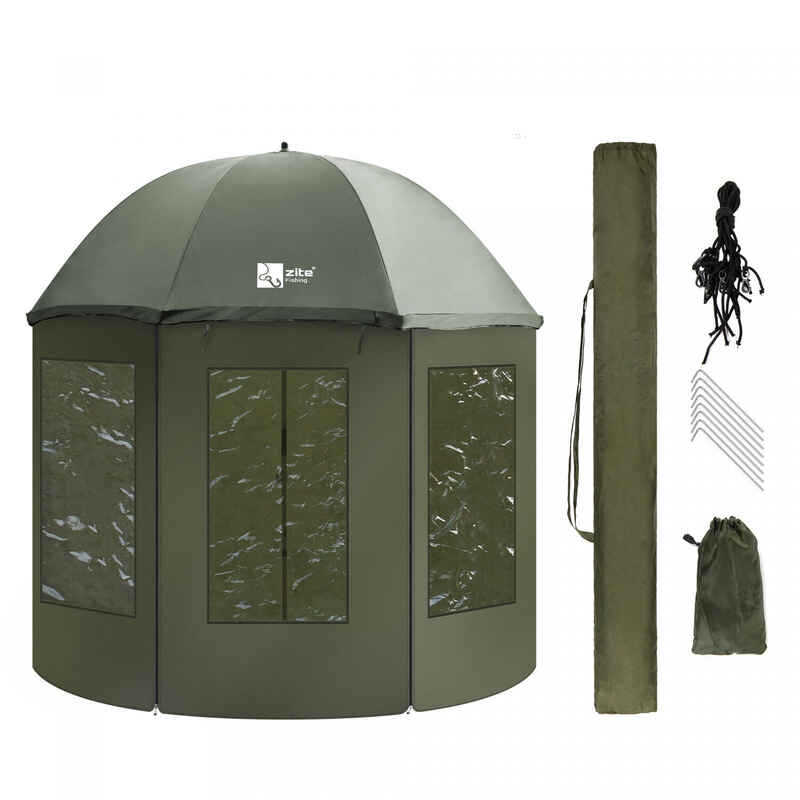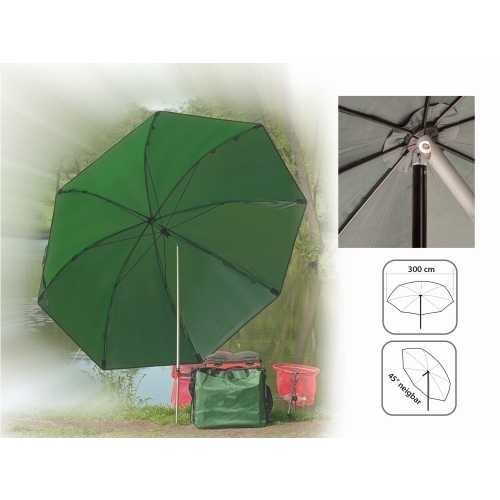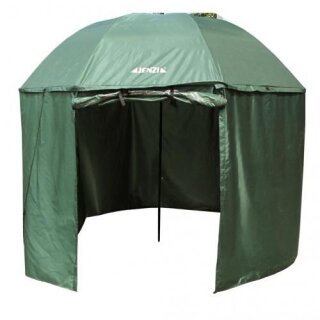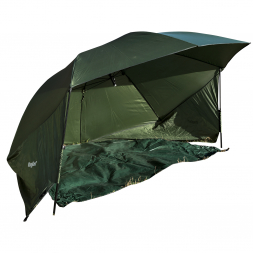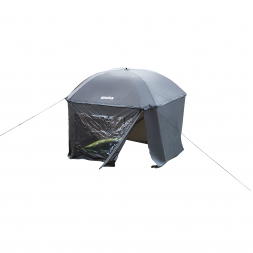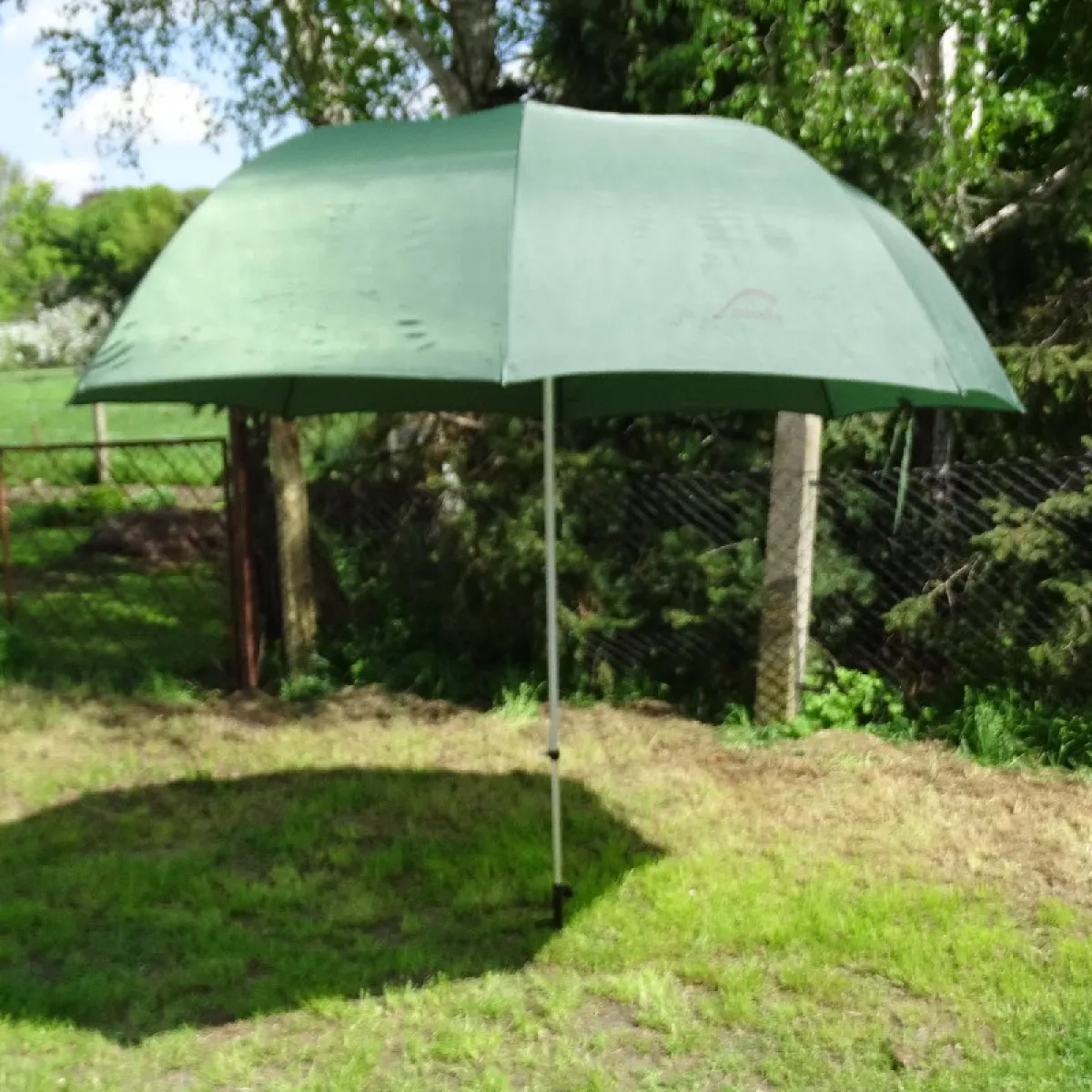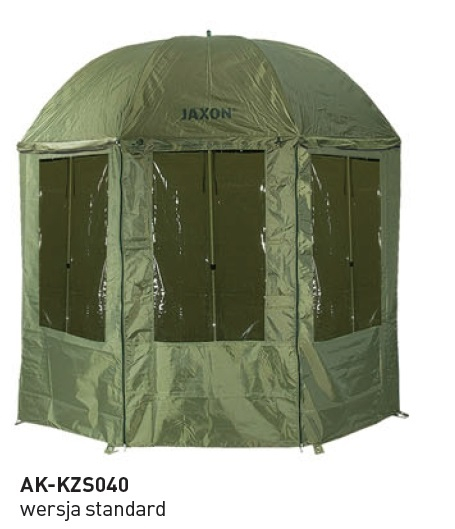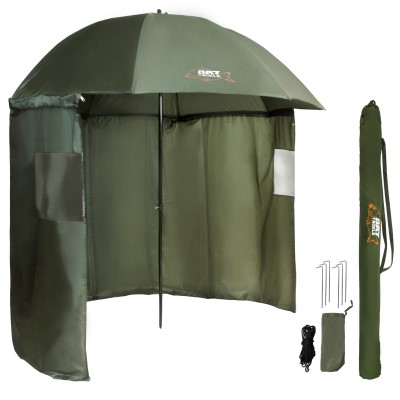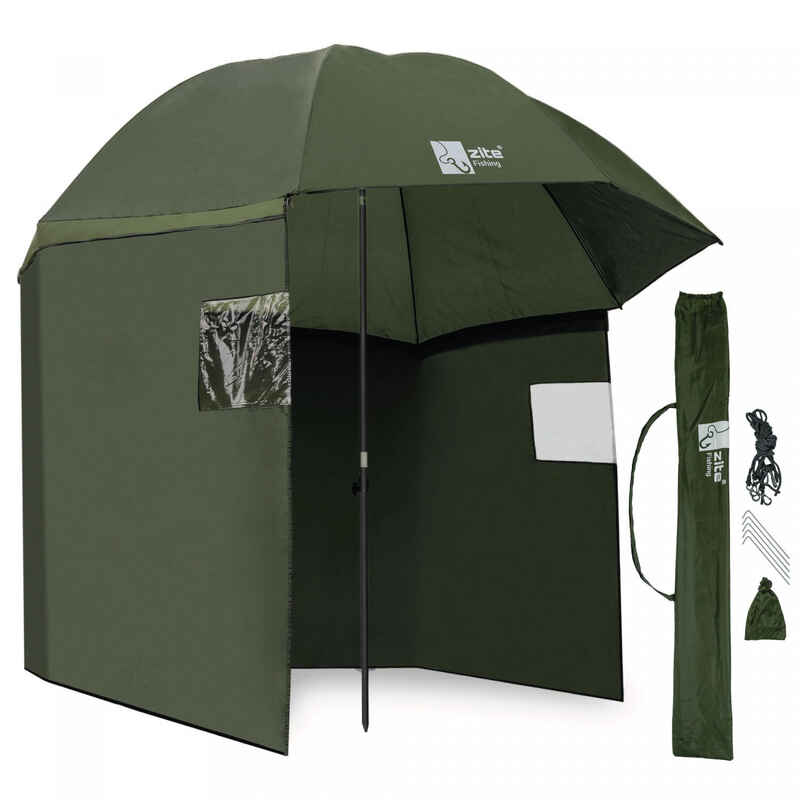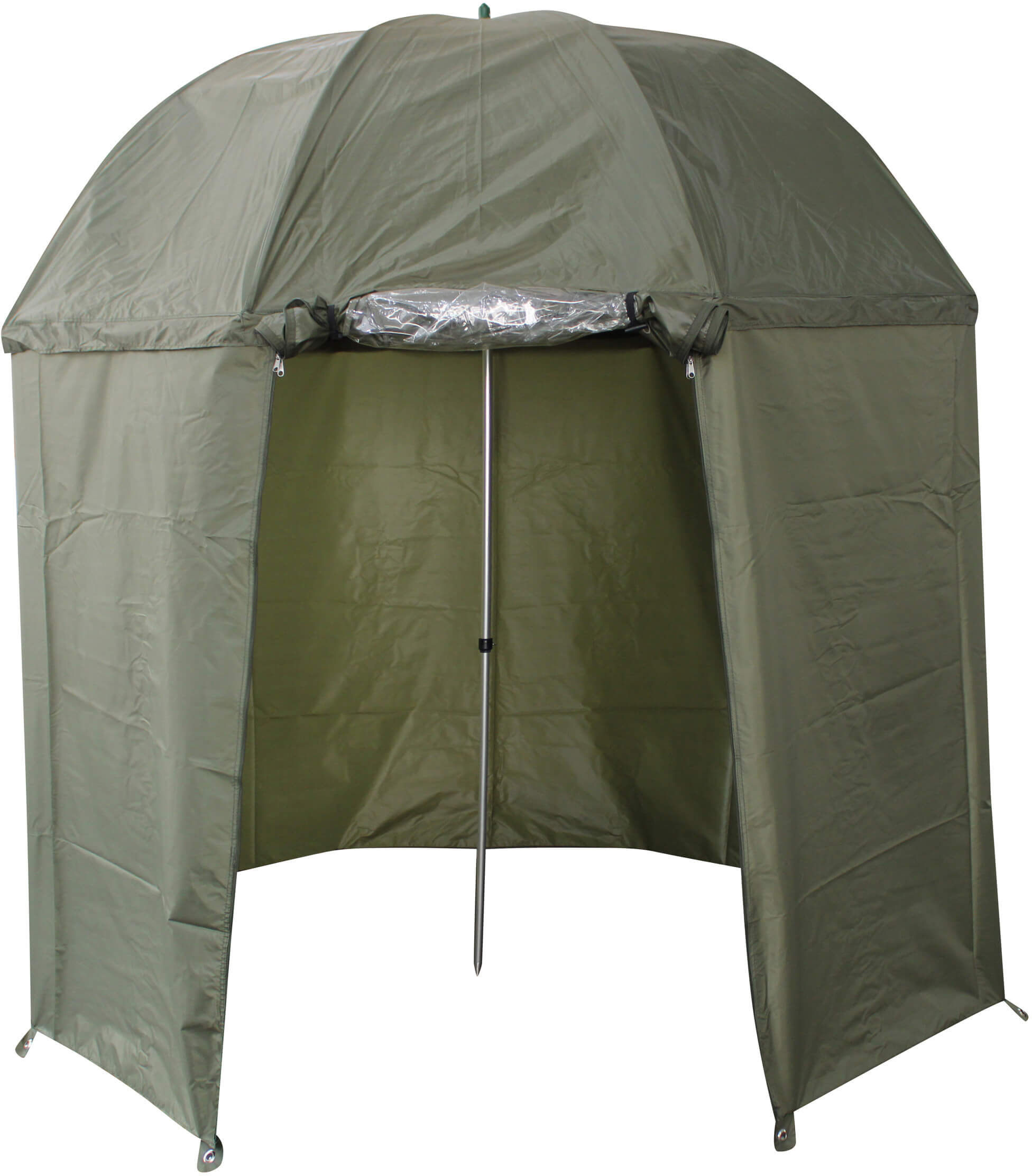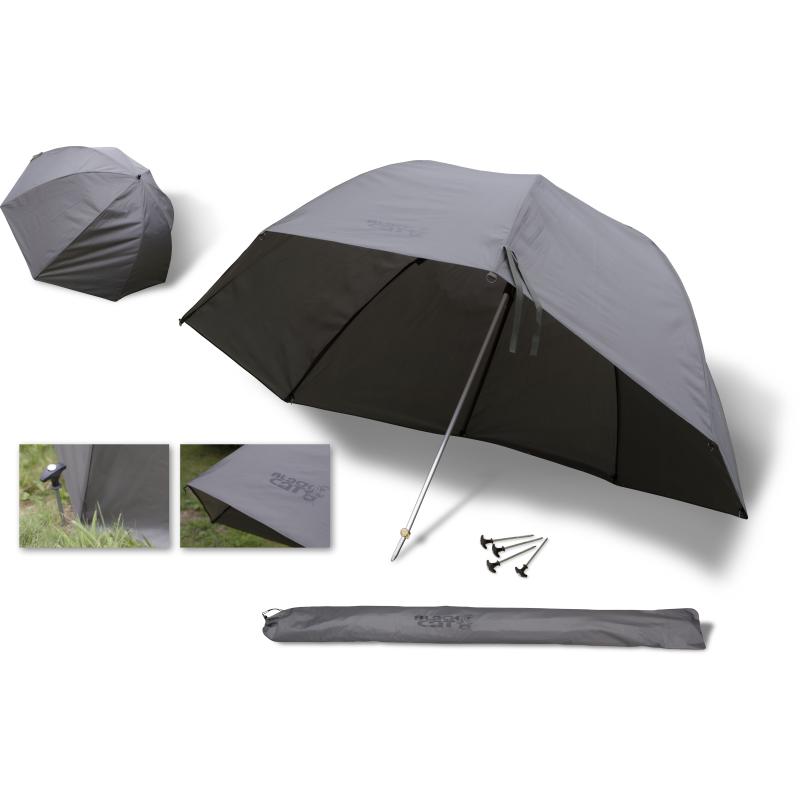
JENZI Schirmzelt 3m mit Aussenwänden, Fishingtackle24 - Angelbedarf Angelruten Angelbekleidung Angelzubehör Kunstköder Angeltaschen Angelzelt Angelschnur

Angelschirm 3M mit Seitenwand – Die 16 besten Produkte im Vergleich - Die besten Angel Tipps und Tricks | Deine Angelwelt

BRolly Schirmzelt – Die 15 besten Produkte im Vergleich - Die besten Angel Tipps und Tricks | Deine Angelwelt

Schirmzelt 3M – Die 16 besten Produkte im Vergleich - Die besten Angel Tipps und Tricks | Deine Angelwelt

Schirmzelt 3M – Die 16 besten Produkte im Vergleich - Die besten Angel Tipps und Tricks | Deine Angelwelt


